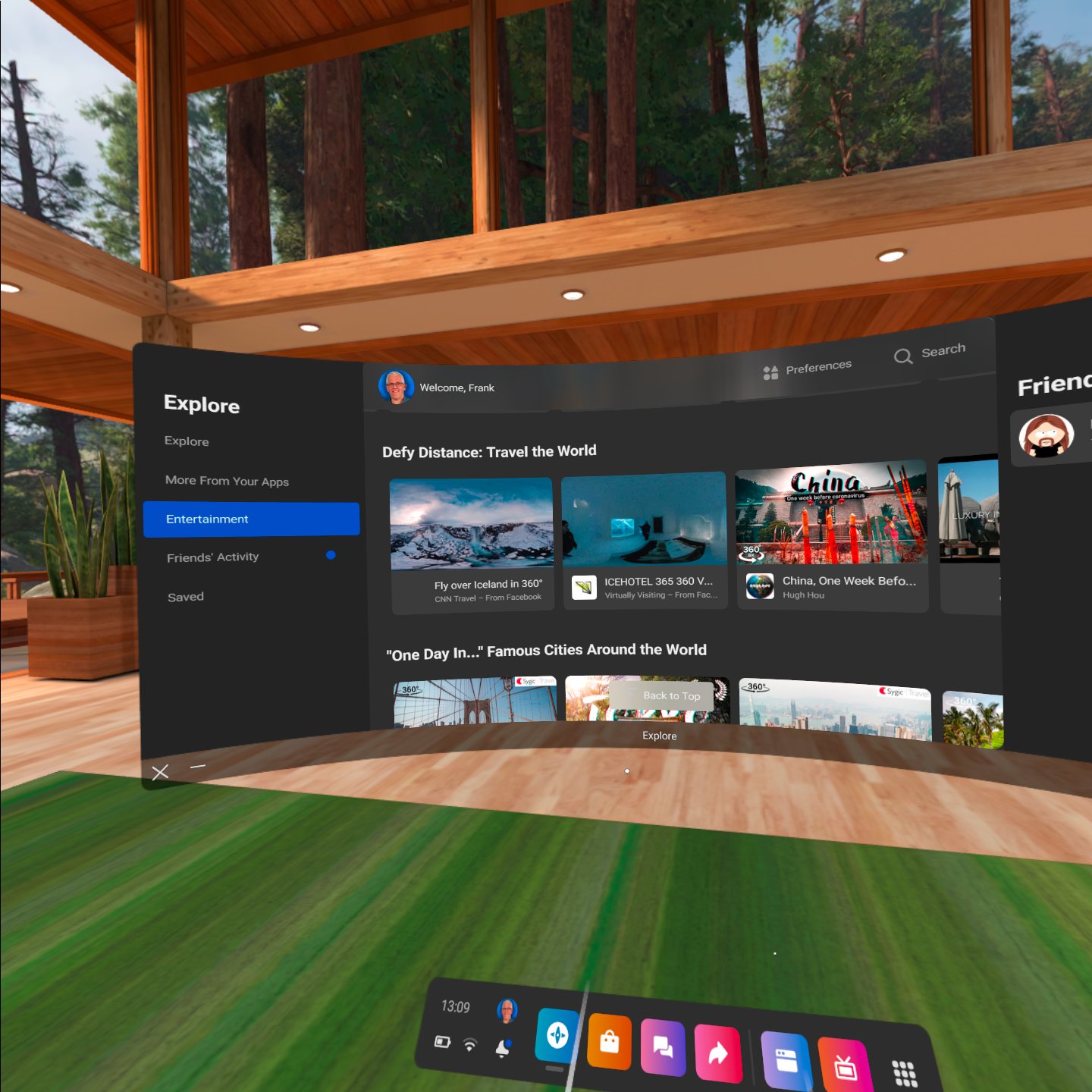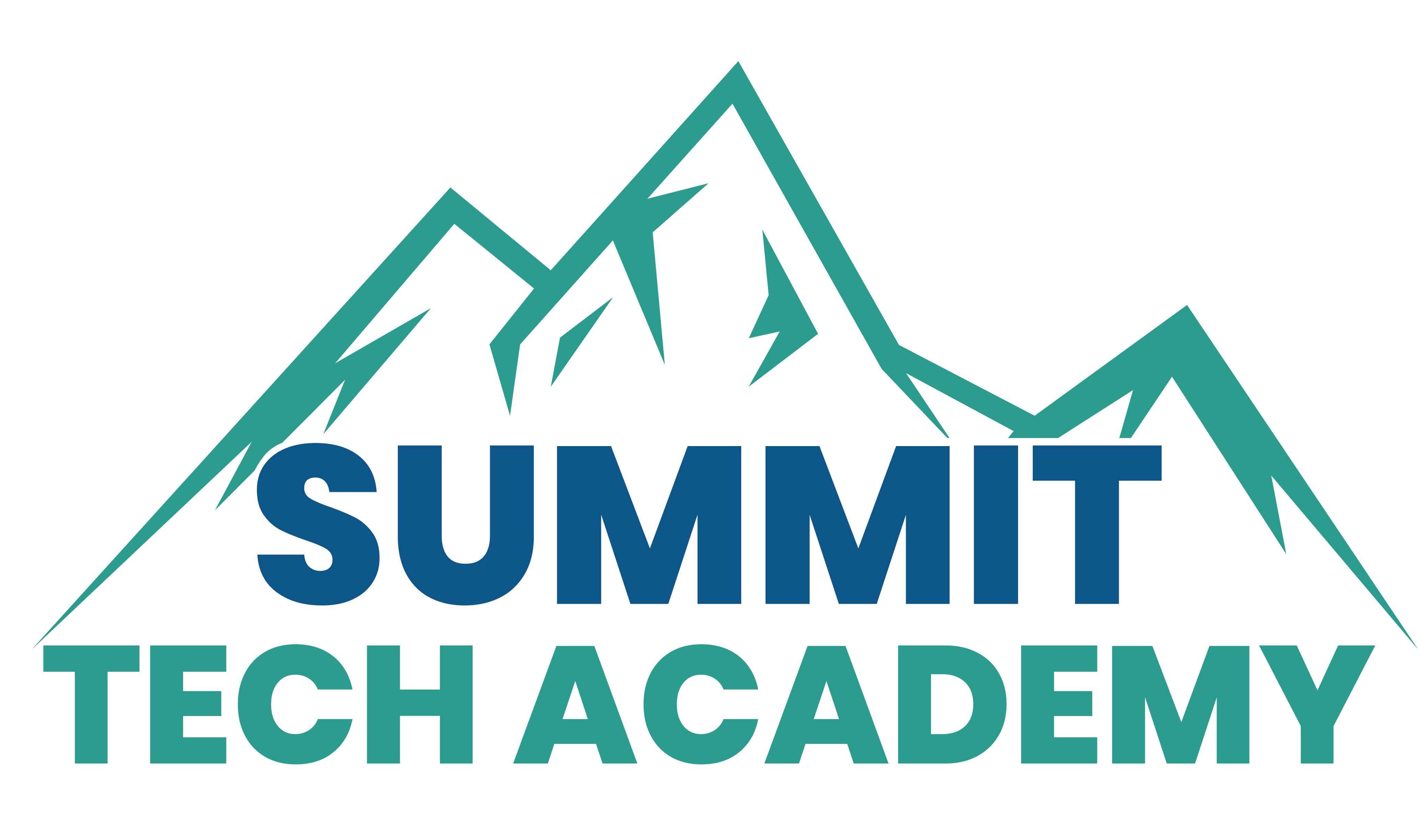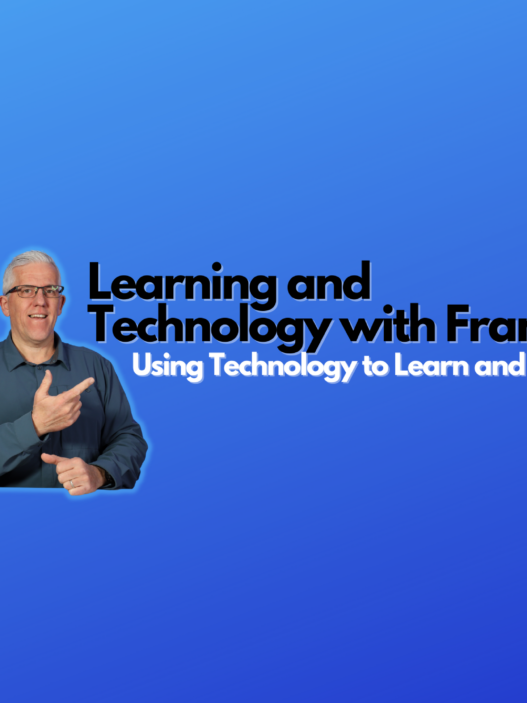
The promise of VR and AR in education has been a long-time coming. Besides the obvious technical barriers and cost of acquisition for devices, the real issue I’ve always considered limiting is the availability of content and the ability to create content.
Well – there is good news all-around.
The Oculus headsets are, relatively speaking, at a reasonable cost. From approximately $200-$400, they are now within the reach of a classroom or school purchase. Ideally, several units would be made available to students so that they could be used concurrently in a shared space.
With the cost becoming more and more reasonable for the hardware, the real value – software now comes into focus. Here we have even more good news. The amount of documentary content is quite amazing – not just small 360 films (which are great, but not very deep). It seems every time I put on my headset I am greeted by more in-depth and deeper content.
Now, the ISS Experience is something that I’m going to look at immediately! After all, how often do you get to visit space? It is a very well-produced series of films and I’ve watched the first episode and enjoyed it immensely.
Other areas that seem to have good depth of content are Science and, encouragingly, Social issues – this morning I watched a VR Film on policing practices around ICE in the US. It’s titled “Hidden” and was quite interesting. I could see it sparking a great class conversation around the social issues it addresses. It was enlightening.
Sadly, I also watched a short film on the effect of climate change in Somalia and the famine that has resulted. That was very difficult to watch and in the immersive environment, the hospital with malnourished children was especially impactful. This would be a way of bringing a sense of reality that to the classroom that goes well beyond just video on a screen. It’s an example of an immersive environment containing a more powerful emotional impact.
I’m also very impressed with the ability to travel to different geographies. There is an App called “Wander” that is basically Google Streetview but in 360. Then, there are guided experiences (often where there are no streets!). From fly-overs to events, to guided tours of cities.

Biology is also an area that has some great representation.
Recently, I watched a David Attenborough documentary on Life. Being able to visit time-space, and inner space was very useful for understanding. Similarly, I watched a documentary on viruses, and seeing them attack up close was actually quite chilling.

The time for VR in education is fast approaching – if not already here.
Creation
The next challenge will be how to make the creation tools for VR/AR more accessible to a wider audience. Beyond specialists.
This is an area I’m actively exploring and have a 360 GoPro that I intend to use – not to mention various software for “Metaverse” spaces. However, I’m thinking of tools that are simple drag-and-drop creation of lessons and curriculum. In my opinion, this will be foundational in unlocking the full potential of these virtual spaces for education.
An area that still remains an obstacle (at least for myself) is the creation of AR overlays for teaching. The cost of AR headsets is not something that my own employer will cover – and they remain a bit expensive for a personal purchase. As these prices drop, that will be an area of extreme interest for my own areas of interest. Specifically, I would like to build AR Data Dashboards that “float” on top of equipment to provide data-driven decisions on maintenance, performance, and opportunities. Stay tuned for that project!

